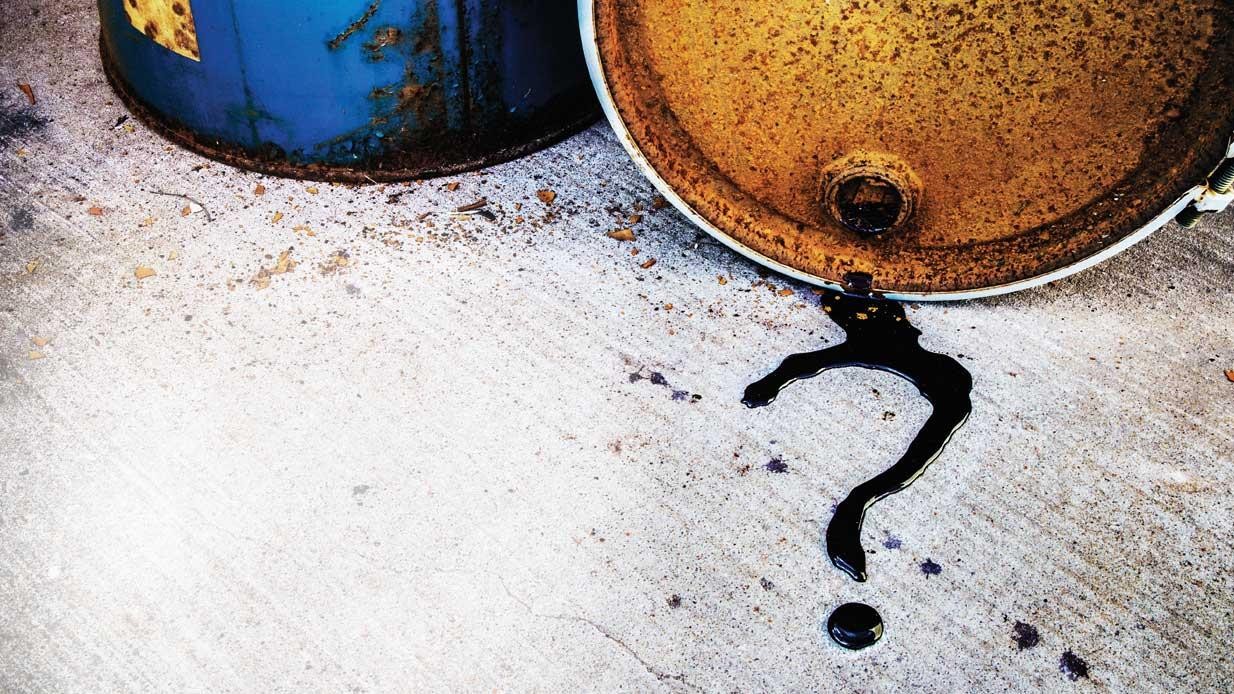
Oxidation is a phenomenon that occurs in various formats around us every day of our lives. In simple terms oxidation can be described as a process in which oxygen combines with an element or substance – either slowly, as in the rusting of iron, or rapidly, like burning wood. Either way, oxidation has a variety of consequences. Some of its manifestations, like the combustion of fuels and the digestion of food in our bodies, are beneficial. Inversely many of its side effects are harmful, such as air pollution from burning fuels and food rancidification.
Likewise, oxygen has benefits and disadvantages for the human body. Every cell in our body needs oxygen to survive. Simultaneously some forms of oxygen are toxic to human cells and may produce a significant amount of the cellular injury that is associate with ageing and death, such as heart diseases and certain cancers. Little wonder humankind is consuming large quantities of antioxidants every day.
Lubricating base oils are also prone to oxidation but in this instance it only has undesirable effects. The complex chemical reaction that occurs when oil combines with oxygen leads to increased viscosity, organic acids, the formation of sludge, varnish and deposits, additive depletion and the loss of other vital base oil performance properties. The ultimately result is reduced service life of the lubricant. The rate of oxidation is accelerated by the presence of water, acids, catalysts such as copper and, last but not least, high temperatures. In fact, the rate of oil oxidation doubles with every 10⁰C increase in temperature.
Antioxidant additives (also known as oxidation inhibiters) are incorporated into lubricant formulations to increase the oxidative resistance of the base oil and to maximize the service life of the lubricant. Antioxidants also allow lubricants to operate at higher temperatures than would be possible without them. Antioxidants retard the oxidation process but unfortunately nature is relentless and all lubricants will eventually oxidize to some degree. While antioxidants can significantly slow down the degradation of the lubricant in a machine, they do not last forever. Antioxidants are sacrificial additives that are consumed while performing their duty to control oxidation. Eventually all the antioxidant additives will be consumed, leaving the lubricant exposed to uncontrolled attack by the oxygen in the air.
The changes that are the most obvious in oxidised oil are a rancid smell and darkening of the oil. Other indicators can be visible in the viscosity and density of the oil. If you are still not sure you can do the following simple tests:
Blotter Spot:
A distinct brownish coloured outer ring around the deposit zone indicates the oil is badly oxidised – see OilChat 72 for details.
Interfacial Tension:
Place a drop of oil on the surface of water. If the oil drop spreads out over the surface of the water (instead of clustering up like new oil), it is a sign that the oil is oxidised.
All Q8 lubricants are formulated with high quality, oxidation stable base oils and proven antioxidant additives to maximise oxidative resistance and prolong service intervals. For more information about the complete range of Q8 high performance lubricants phone 011 462 1829, email us at info@bcl.co.za or visit www.bcl.q8oils.co.za

